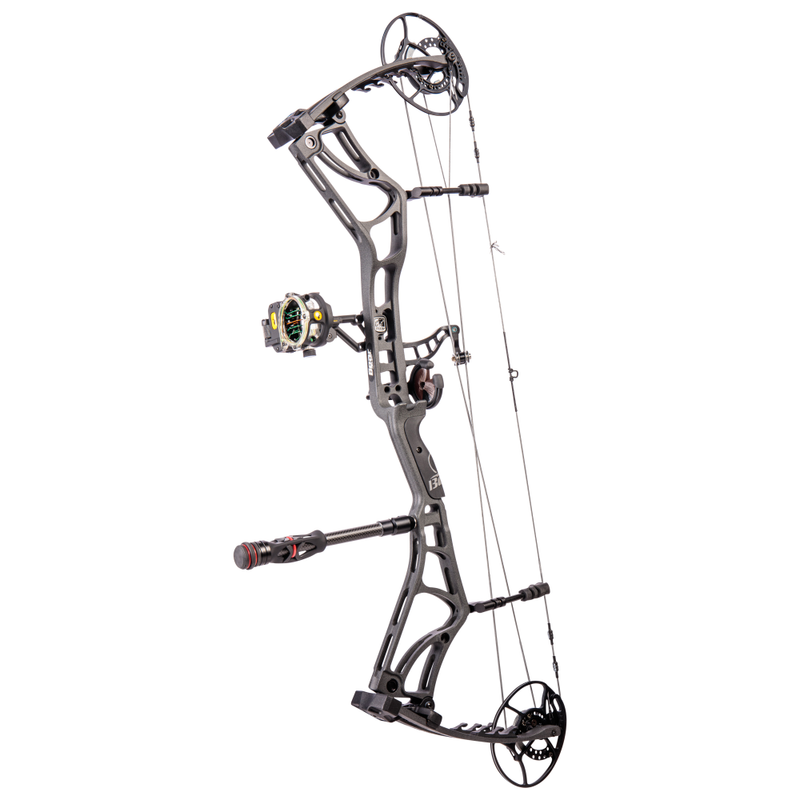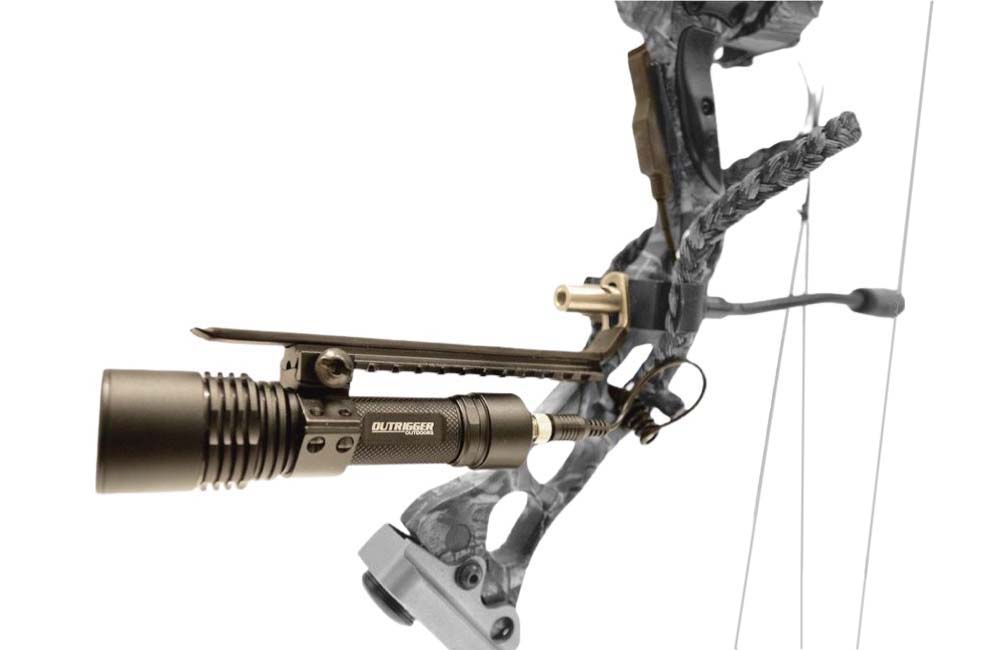The Ultimate Guide to Selecting the Right Archery Stabilizer for Enhanced Precision
Archery is a sport that demands accuracy and precision, and selecting the ideal equipment is crucial for achieving optimum results. Among the different devices offered, an archery stabilizer plays a substantial duty in improving precision. Nonetheless, with a lot of choices on the market, it can be frustrating to identify which stabilizer is the appropriate fit for your demands. In this comprehensive overview, we will certainly check out the key variables to consider when choosing an archery stabilizer for enhanced precision. From discovering the optimum size to understanding the different designs and materials, we will dig into everything you need to understand to make an educated decision. So, whether you are an experienced archer aiming to upgrade your devices or a newbie looking for guidance, join us on this journey as we unravel the tricks to picking the excellent archery stabilizer.
Size: Locating the Ideal Stabilizer Size
Establishing the perfect stabilizer size is important when selecting an archery stabilizer for optimum efficiency. A stabilizer that is as well long can make the bow really feel hard and top-heavy to regulate, while a stabilizer that is too brief might not supply enough stability and dampening of vibrations.
A longer stabilizer, generally ranging from 8 to 12 inches, can provide greater security and reduce bow torque. This is specifically advantageous for archers that shoot with a high draw weight or those that tend to torque the bow during the shot. The included size helps to distribute the weight evenly and counterbalance any kind of torque or activity.
On the various other hand, a much shorter stabilizer, usually in between 4 to 7 inches, supplies more maneuverability and quicker reaction. It is preferred by archers that fire with a lower draw weight or those who require even more movement, such as seekers or 3D shooters. The shorter size enables less complicated motion through tight rooms and faster modifications.
Inevitably, the optimum stabilizer length refers personal preference and shooting design. It is advised to try out various lengths and observe the results on security and precision. Consulting with experienced archers or experts can additionally give valuable insights and suggestions.
Weight: Determining the Appropriate Stabilizer Weight
After taking into consideration the optimal stabilizer length, the next crucial variable to take into consideration when choosing an archery stabilizer is identifying the ideal stabilizer weight - archery stabilizer. The weight of the stabilizer plays a critical function in improving precision and stability throughout the shot
The weight of the stabilizer affects the equilibrium and control of the bow. A much heavier stabilizer can supply enhanced stability and control, specifically for shooters with a propensity for unstable hands or inconsistent shots. It assists to absorb the vibrations and recoil produced by the bow, minimizing torque and lessening the impact on the arrowhead's trip.
On the other hand, a lighter stabilizer permits a quicker and more receptive bow. It can be beneficial for shooters that prioritize maneuverability and rate over security. Lighter stabilizers additionally decrease fatigue throughout long shooting sessions or competitions.
To figure out the suitable stabilizer weight for your needs, it is very important to consider your shooting design, physical toughness, and bow arrangement. Explore various weights and observing the influence on your shooting performance is key to discovering the ideal equilibrium.
Eventually, the ideal stabilizer weight will vary for each and every specific archer. It is advised to begin with a modest weight and make changes based upon individual choice and shooting outcomes. Bear in mind, the goal is to accomplish a controlled and stable shot, while also preserving comfort and convenience of use.
Products: Picking the Right Materials for Sturdiness and Performance
When picking an archery stabilizer, it is crucial to carefully think about the materials utilized in its construction to ensure durability and optimize efficiency. The selection of materials can greatly impact the overall top quality and performance of the stabilizer.
Among the most frequently made use of materials for stabilizers is carbon fiber. Carbon fiber supplies a high strength-to-weight proportion, making it light-weight yet extremely strong. This product decreases and soaks up vibrations bow torque, resulting in boosted security and precision. In addition, carbon fiber stabilizers are immune to temperature level adjustments and are much less most likely Continued to warp or bend in time.
One more prominent product for stabilizers is light weight aluminum. Light weight aluminum stabilizers are recognized for their resilience and rigidity. They offer superb wetting abilities, reducing the amount of shock and resonance transferred to the shooter's hand. Light weight aluminum stabilizers also supply a variety of customization options, permitting archers to this page readjust the weight and length to suit their choices.
Some stabilizers are created using a combination of materials. A stabilizer might have a carbon fiber core covered in a light weight aluminum shell. This crossbreed layout integrates the ideal qualities of both materials, offering ideal security, resilience, and efficiency.
Layout: Understanding the Different Stabilizer Styles and Their Results
Taking into consideration the products made use of in archery stabilizers, it is very important to currently look into the various layouts of stabilizers and their corresponding effects. The style of an archery stabilizer plays a vital duty in improving accuracy and reducing vibration during the shot. There are numerous various designs readily available in the marketplace, each with its own special features.

One more popular layout is the side bar stabilizer. This design entails connecting a brief rod to the side of the bow, parallel to the primary long rod. Side bar stabilizers help in reversing the weight of accessories, such as quivers or pop over to these guys views, and offer added security to the bow.
Some stabilizers feature flexible weights. These stabilizers enable archers to fine-tune the balance and feeling of their bows by including or removing weights. This function is particularly beneficial for archers who choose a specific weight distribution or wish to try out various configurations.
Furthermore, some stabilizers integrate wetting technology to reduce vibration and sound. These stabilizers frequently have built-in dampeners or utilize products that absorb vibrations, resulting in a smoother and quieter shot.

Accessories: Exploring Additional Accessories for Boosted Security
To additionally boost security in archery, extra devices can be made use of. These accessories are designed to operate in combination with the archery stabilizer to supply an also greater level of stability and precision. One such device is the V-bar or the side stabilizer install. This device permits the accessory of a 2nd stabilizer, which helps to decrease and balance the bow torque. By dispersing the weight equally on both sides of the bow, the V-bar helps to decrease any kind of unwanted movement during the shot.
One more device that can improve stability is a bow sling. A bow sling is a band that attaches to the bow and enables the archer to maintain a kicked back grasp on the bow deal with without the concern of dropping it (archery stabilizer). This unwinded grasp helps to decrease muscle stress and allows for an extra secure and regular shot
Additionally, a stabilizer weight system can be used to make improvements the balance and stability of the bow. These weight systems generally include little weights that can be included or gotten rid of from the stabilizer to readjust the equilibrium factor of the bow. By finding the ideal equilibrium factor, archers can attain an extra accurate and secure shot.
Conclusion
In verdict, selecting the appropriate archery stabilizer entails taking into consideration variables such as size, weight, materials, layout, and extra accessories. The optimum stabilizer length and weight will certainly depend on individual choices and shooting style.
Determining the ideal stabilizer size is vital when selecting an archery stabilizer for optimum performance. A stabilizer that is also long can make the bow feel top-heavy and hard to regulate, while a stabilizer that is too brief might not give sufficient security and dampening of vibrations - archery stabilizer.Taking right into account the products used in archery stabilizers, it is vital to now dig right into the different styles of stabilizers and their respective impacts. Side bar stabilizers aid in counterbalancing the weight of devices, such as quivers or views, and give extra security to the bow
These weight systems normally are composed of small weights that can be added or eliminated from the stabilizer to readjust the equilibrium point of the bow.